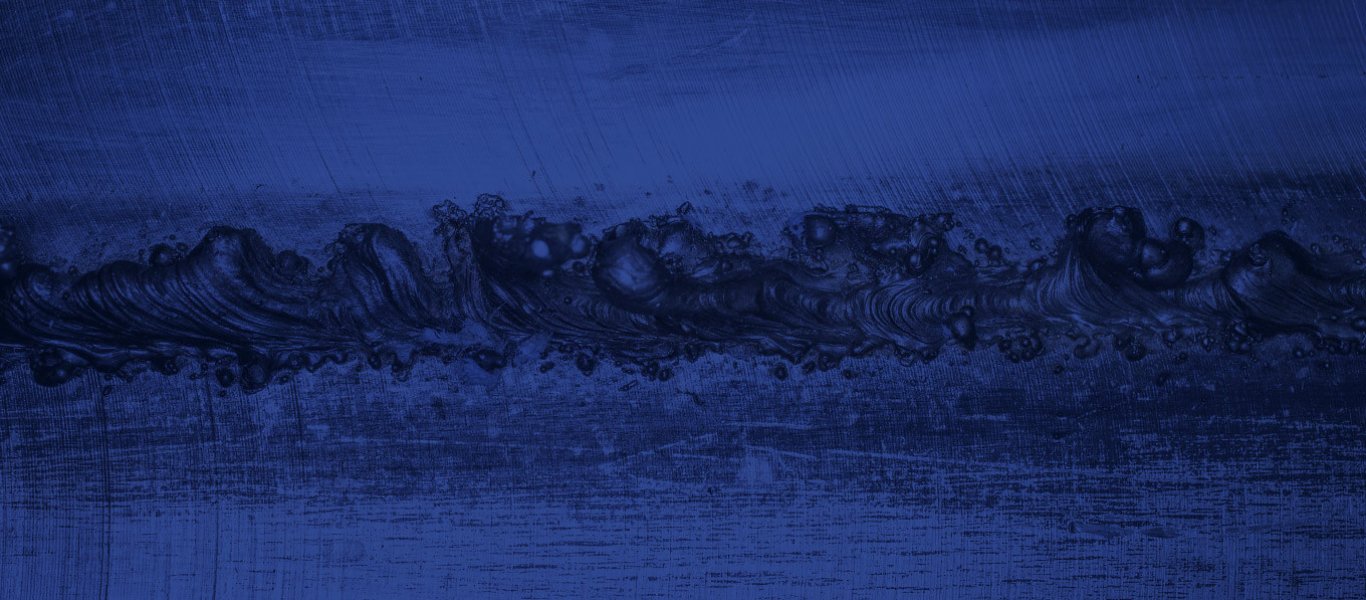OVERVIEW
Based on VEQTER’s wealth of experience and academic background in carrying out residual stress measurements, the following pages within this section have been created as a source of impartial information for Structural Integrity Engineers.
The pages provide an overview of the different residual stress measurement techniques available and guide the Engineer towards key publications for further and more in-depth reading. Also provided on our website is a list of pertinent conferences and events at which the Engineer can meet the experts and keep up-to-date with the latest research and developments.
Classification of Techniques:
Many techniques exist for the measurement of residual stresses within engineering components; however, it is the effects of the residual stresses that are actually measured not the stresses themselves. The techniques are generally classified into destructive and non-destructive techniques.

Destructive Techniques:
The destructive techniques (which include the subset of semi-destructive techniques) work on the basis of removing material from the component to release stresses and hence disturb the state of residual stress equilibrium; the remaining component material then deforms to reinstate equilibrium. The resulting deformations or strains of the remaining component material are recorded and compliance functions are used to back-calculate to the original residual stresses present. The semi-destructive techniques remove only a small amount of material from a component leaving its overall structural integrity intact for further testing, repair and/or use. The destructive techniques are also known as Mechanical Strain Release (MSR) techniques.
Semi-destructive:
- Centre-Hole Drilling (CHD)
- Deep-Hole Drilling (DHD)
- Ring Core (RC)
Destructive:
- Block Removal, Splitting and Layering (BRSL)
- Contour (Con.)
- Inherent Strain (IS)
- Sachs Boring (Sachs)
- Slitting (Slit.)
Non-destructive Techniques:
The non-destructive techniques work on the relationship between stress and the physical or crystallographic properties of the component material. The diffraction techniques (a subset of non-destructive techniques) measure variations in the lattice spacing of polycrystalline materials due to stress. The Ultrasound Technique measures variations in the speed of ultrasound waves passing through the stressed material and the Magnetic Techniques rely on the interaction between magnetisation and elastic strain in ferromagnetic materials.
Non-destructive, diffraction techniques:
- Neutron Diffraction (ND)
- Synchrotron Diffraction (HE-XRD)
- X-Ray Diffraction (XRD)
Non-destructive, “other” techniques:
- Magnetic (Mag.)
- Ultrasonic (US)





